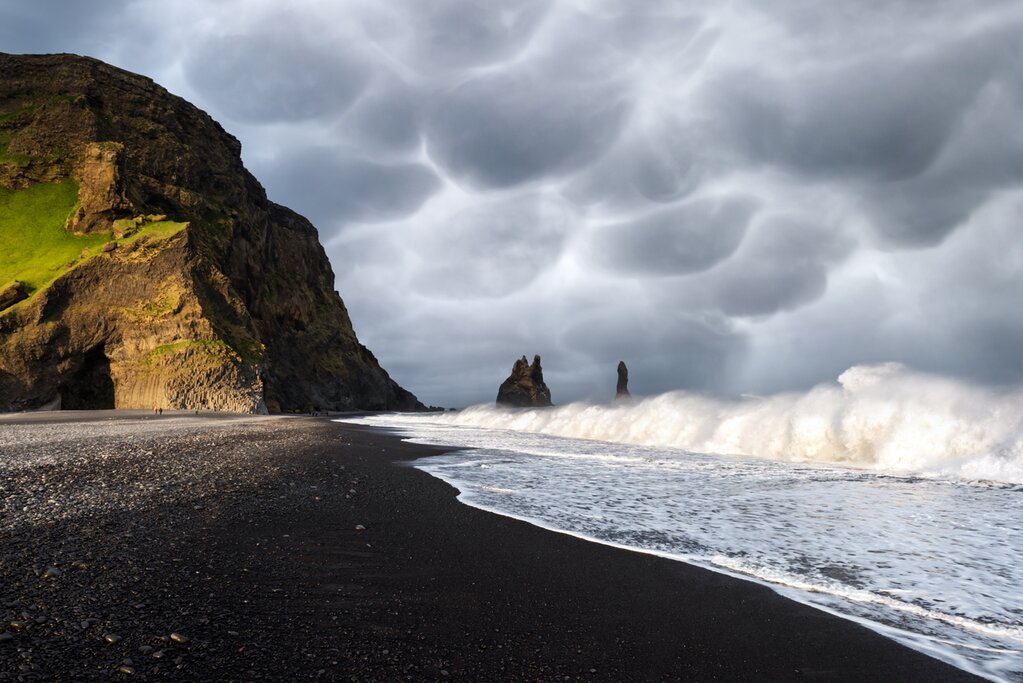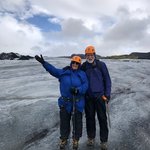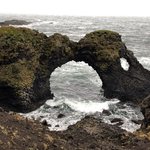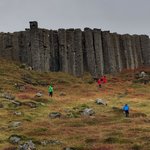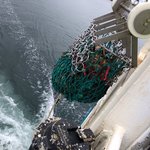Seasonal Planning for Iceland Travel
The best time to visit Iceland depends on what you're hoping to experience, but overall, late spring through early fall (May to September) is your best bet for pleasant weather and easy access to the country's natural highlights. During these months, you'll have long daylight hours, open roads, and plenty of opportunities for hiking, road-tripping, wildlife spotting, and visiting waterfalls, glaciers, and black-sand beaches. July and August are peak season, with festivals and lush landscapes, while May and September are ideal shoulder months with fewer crowds and slightly better prices.
If you dream of seeing the northern lights, you'll want to come in late fall through winter (October to March), when the skies are dark enough for viewing. Just keep in mind that winter travel comes with shorter days, icy roads, and limited access to more remote areas—so this season is better suited to cozy stays, guided tours, and aurora hunting. Iceland is truly a year-round destination, but your timing should align with what you want to do most: chase waterfalls under the midnight sun, or catch the northern lights dancing in the cold, starry skies.
Check out these tours and itineraries for ideas on planning a trip to Iceland.
| Seasons | Pros | Cons | Best for | Where to Visit |
| Spring (Mar-May) | Fewer crowds than summer; days are longer and warmer; festivals abound; minor roads open (by end of May) | Uptick in foreign visitors as May progresses | Puffin viewing, river rafting, hiking | Látrabjarg for puffins, Gulfoss canyon for rafting, Þórsmörk for hiking, Silfra fissure |
| Summer (Jun-Aug) |
Longer daylight hours (up to 21) and most appealing weather; festivals abound; the whole of the country opens up |
Peak season crowds (especially around Reykjavík and along the South Coast). See these figures from the Icelandic Tourism Board |
Early morning and late night exploration, road trips, outdoor pursuits (hiking in the highlands), puffin viewing |
Less popular/more remote sites like West Fjords, Troll Peninsula, and eastern Iceland, Landmannalaugar for hiking |
| Fall (Sep-Nov) | Less costly hotel and flight rates; fewer crowds | Cooler weather; roads and accommodations in lesser-visited areas shutter | Arctic foliage, glacier hiking, ice caving, northern lights viewing, snowmobiling, hot springs (popular and natural) | Reykjavík, Silfra fissure, Akureyri for early winter excursions (November) |
| Winter (Dec-Feb) | Best chance to view the northern lights; fewer crowds (though increasing every year); cheaper hotel, car rentals, and airline rates | Fewer hours of daylight to no sun (in some northern towns midwinter); spike in accommodation and flight costs around Christmas; minor roads may be impassable | Northern lights viewing, winter sports (snowmobiling, dogsledding, glacier hiking, skiing) | Heiðmörk Christmas Market, Hallgrímskirkja for New Year's fireworks, Siglufjörður (winter sports), Vatnajökull glacier |
Spring in Iceland (March to May)

Spring is a rewarding time to visit Iceland, offering longer days, milder weather, and fewer crowds than summer. March still brings the chance to catch the northern lights—especially around the Spring Equinox—while popular routes like the Golden Circle and South Shore are far quieter than in peak season. Reykjavík makes a great home base for cutting-edge restaurants and cool boutiques, with easy access to waterfalls, glaciers, and black-sand beaches. For (still) wintry adventures, you can hike on glaciers in Skaftafell or explore ice caves under Vatnajökull, while orca spotting and boat tours in Akureyri or Faxaflói bay round out the month's highlights.
By April and May, road conditions improve and much of the island becomes accessible for road trips, especially along the Ring Road, from whale watching in Húsavík to hiking around Lake Mývatn and Þórsmörk or exploring fjord towns like Höfn and Seyðisfjörður. Puffins return to Látrabjarg, and warmer temps and longer daylight hours also make river rafting, horseback riding, and even heli-skiing in the Troll Peninsula thrilling outdoor options without the summer crush.
Events in Spring
Beer Day, Nationwide (March 1). To commemorate the legalization of alcohol above 2.2% in 1989, Icelanders take the whole day off on March 1 and drink alcohol above 2.2% with friends and family in the local pubs and taverns. A favorite among locals is Brennivin, an herbal schnapps liquor at 40% volume.
Easter, Nationwide (April). Icelanders take a five-day holiday from Holy Thursday to Easter Monday to spend time with family. Locals welcome visitors into their homes to share smoked lamb and huge chocolate eggs. In Ísafjörður in the west of the island, the "I Never Went South" rock music festival wakes the town from its winter slump.
Reykjavík Arts Festival (May). For 16 days in mid-May, the capital city comes to life with artists, theater, music, and crafts. World-famous singers join their lesser-known Icelandic counterparts and offer free concerts in Reykjavík's parks and open areas.
Learn More
Iceland in March
Iceland in April
Iceland in May
Chat with a local specialist who can help organize your trip.
Summer in Iceland (June to August)
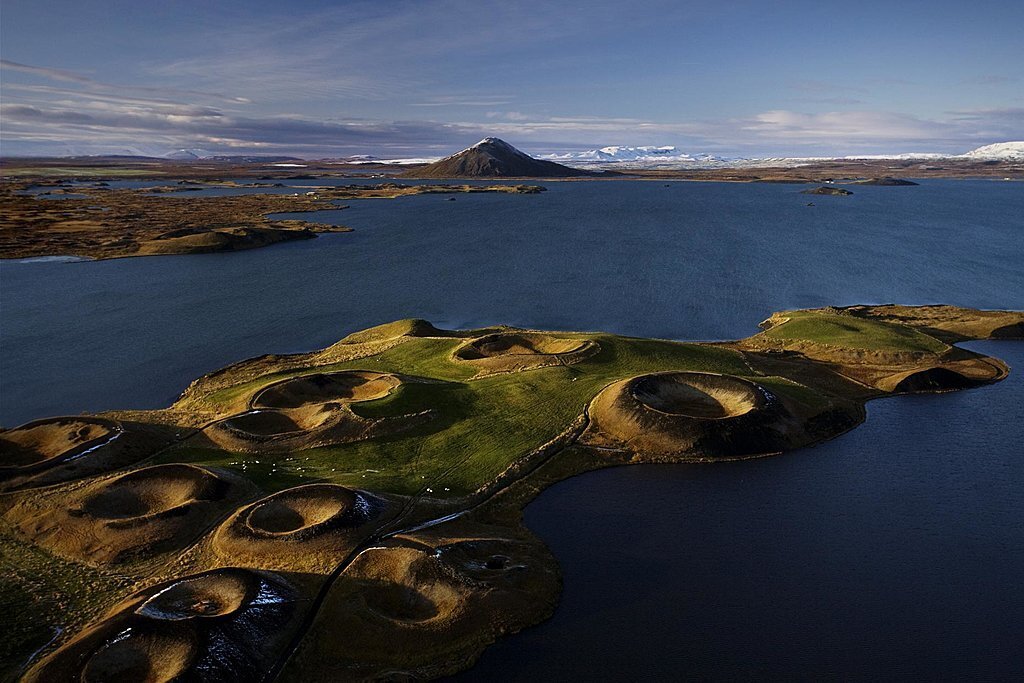
Summer in Iceland is peak season for a reason. With nearly endless daylight and mostly dry, mild weather, this is the time for big adventures: circumnavigating the island via the Ring Road, trekking deep into the Highlands, or exploring remote regions like the Westfjords and East Fjords. Early June is perfect for visiting lesser-known gems like the fjord villages of Seyðisfjörður ahead of the crush. For a quiet nature escape, book a summerhouse or stay in a remote lodge like Kvíar in Hornstrandir. Meanwhile, Reykjavík buzzes with nightlife, cultural events, and sunny park hangouts.
July and August are ideal for active travelers—think hiking in Landmannalaugar, kayaking in Jökulsárlón's iceberg-filled lagoon, or off-roading near Hekla volcano. It's also the best time for wildlife watching: spot whales in Húsavík or puffins in the Westfjords. August brings a festive vibe, with local celebrations like Reykjavík's Culture Night and quirky events like swamp soccer in the Westfjords. If you want to avoid crowds while still enjoying great weather, aim for the Diamond Circle in the north or plan early morning or late-night excursions—especially doable with long summer daylight.
Events in Summer
Festival of the Sea, Reykjavík (June). Fishermen take part in rowing and strongman competitions around Reykjavík, and freshly caught seafood and brewed beers are sold at reduced prices to celebrate those who make a living from the sea.
Viking Festival, Hafnarfjörður (June). For 10 days in mid-June, the western town of Hafnarfjörður goes back in time, with streets decorated with sheepskin tapestries, Viking hordes roaming the streets in search of victims, and pitched battles with British and German Christian competitors. Nowhere else in the world celebrates the Vikings quite like this.
Independence Day, Nationwide (June 17). Iceland's Independence Day marks a large celebration across the country, and its 1944 secession from Danish rule. A parade marches through the main street of cities and towns, followed by music and local celebrations.
Verslunarmannahelgi, Westman Islands (August). Despite its long name, the main theme of this first weekend of August event is simple: to party. Icelanders retreat to the Westman Islands to camp out all weekend, listen to live concerts, drink lots of alcohol, and dance around a campfire.
Learn More
Iceland in June
Iceland in July
Iceland in August
Fall in Iceland (September to November)
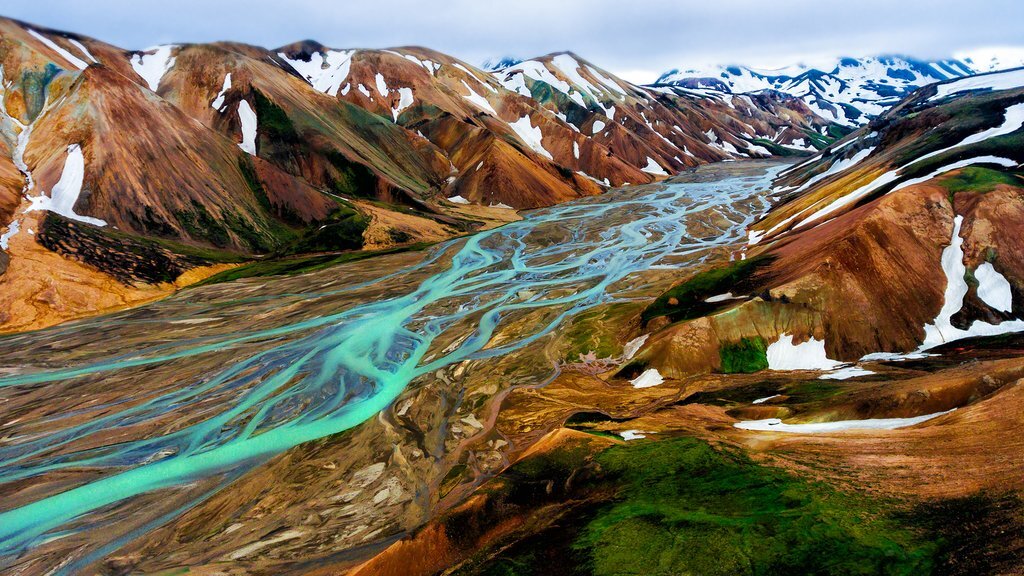
Fall in Iceland is a season of shifting light, thinning crowds, and natural drama. September still offers mild weather, ideal for road-tripping the Ring Road and visiting highlights like Lake Mývatn, Seyðisfjörður, and the Golden Circle. Off-the-beaten-path gems like Vestmannaeyjar and the quieter alternative of the Snæfellsnes peninsula shine this time of year, while cities like Reykjavík and Akureyri offer cozy cafés, galleries, and access to nearby nature. It's also the start of the northern lights season, and with fewer daylight hours, you'll have a better shot at observing them.
The landscape takes on a wintry charm as temperatures drop in October and November. This is prime time for glacier hikes, ice cave tours, snowmobiling, and hot spring soaks under darkening skies. Most of the country is still accessible with a rental car—just check weather conditions—and it's a prime time to visit iconic spots like Jökulsárlón and Reynisfjara beach without the throngs of international sightseers. Adventurous travelers can still go hiking in Þórsmörk, snorkeling in Silfra, or skiing near Akureyri, while Reykjavík remains a vibrant base with emerging holiday festivities.
Events in Fall
Réttir (September). Literally meaning "roundup," this event at the end of the month is just that: the time of year when thousands of sheep and wild horses are rounded up for winter. It's a sight to behold.
Iceland Airwaves, Reykjavík (October). Perhaps Iceland's most famous music concert, this annual event attracts crowds from across the world who come to hear Iceland's best indie and alternative bands.
Learn More
Iceland in September
Iceland in October
Iceland in November
Winter in Iceland (December to February)
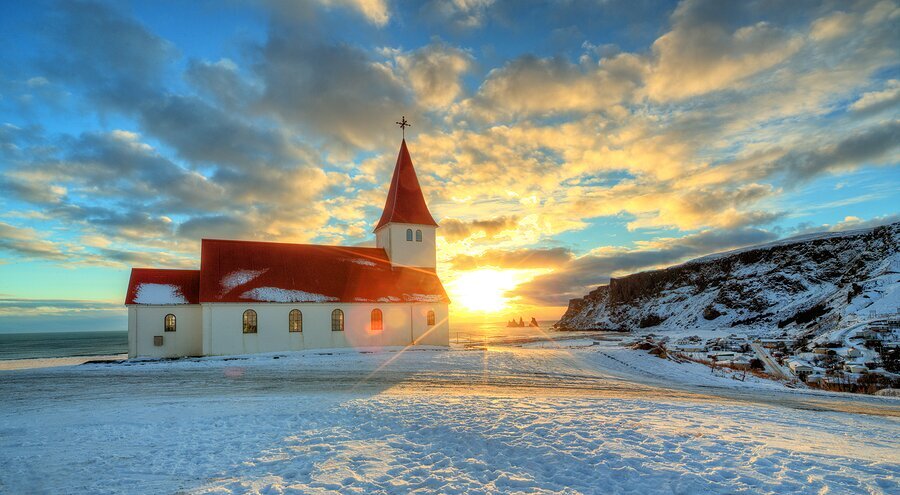
Winter in Iceland offers dramatic, snow-covered landscapes and far fewer crowds, making it an ideal time for adventurous travelers (and those who don't mind bundling up for unique cold-weather experiences). Reykjavík makes a festive base in December, with Christmas markets, concerts, and fireworks to ring in the New Year, and serves as a perfect base for visiting the quiet Golden Circle and South Shore without the crowds. Sites like Þingvellir National Park, Gullfoss waterfall, and Reynisfjara beach take on a surreal beauty under snow and ice. Northern towns like Akureyri and Ísafjörður offer cozy charm and access to top ski slopes and snowy adventures.
This is prime season for winter-only activities like glacier hiking at Sólheimajökull, ice caving under Vatnajökull, snowmobiling, dogsledding, and even snorkeling between tectonic plates in the glacial waters of Silfra. The long, dark nights continue to create ideal conditions for viewing the northern lights, which can be discovered by Super Jeep, boat, or snowmobile. And one of the best ways to warm up post a snowy and/or icy adventure, is to warm up in a geothermal pools, popular attractions like the Blue Lagoon or Mývatn Nature Baths are great options now that there are fewer visitors—and if skies are clear, you might even catch the auroras while soaking under the stars.
Read Iceland in Winter for tips on how to make the most of your time during limited daylight.
Events in Winter
Christmas, Nationwide (December). Iceland only gets about four hours of daylight around Christmas, so the streets of towns and villages flicker with candlelights and the glow of the northern lights. For 13 nights leading up to Christmas, children leave a shoe out at night and wake up to find small presents left by the "Yuletide lads," Iceland's version of Santa Claus.
Þrettándinn, Nationwide (January 6). To mark the official end of the Christmas festivities and the start of a new year, Icelanders build bonfires, set off fireworks, and sing traditional songs in public squares, while children sculpt mythical Icelandic creatures from snow and ice.
Þorrablót, Nationwide (January 19-25). This annual midwinter Viking festival has been celebrated across Iceland for over 1,000 years. Communities come together, and visitors are welcomed into the celebrations. Traditional Viking foods (for those brave enough to try them), including pickled ram's testicles, hakarl (putrefied shark), and boiled sheep's head, are often shared around huge public bonfires, and traditional Icelandic songs are sung.
Öskudagur, Nationwide (February-Ash Wednesday). Much like Halloween in many parts of the world, Icelandic children dress up in traditional Icelandic costumes during the Ash Wednesday Festival and run around towns and villages singing. In return, residents give them local cream puffs (bollur).
